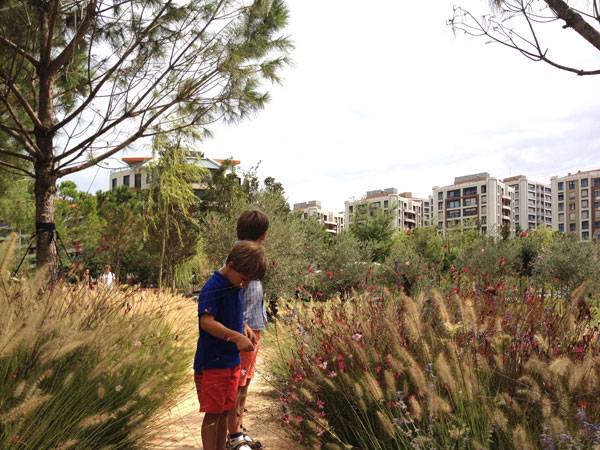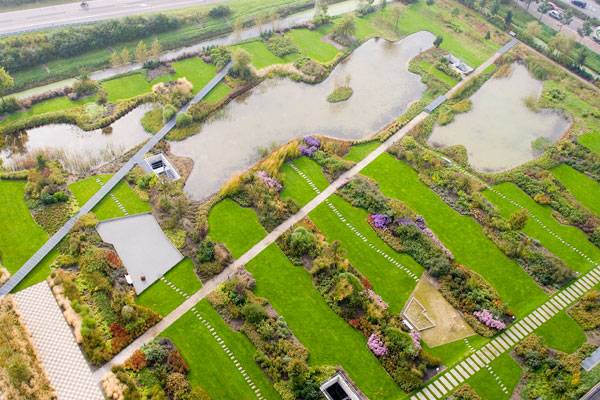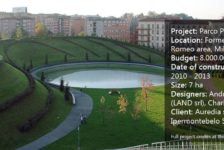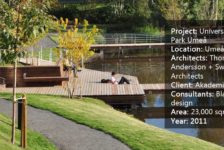A list of the trends that are hitting the profession of landscape architecture. Typically a trend is something that is considered a passing craze, but the actual definition according to Oxford Dictionaries is “a general direction in which something is developing or changing.” Such is the case with landscape architecture and some of the “trends” of the 21st century. Below are the top 7 landscape architecture trends of the 21st century, listed in alphabetical order.
Landscape Architecture Trends
1. 3D Modeling While 3D Modeling Software has been around since the 1980s, these programs have really started to shine in the last decade. AutoCAD and SketchUp are seen as must know programs in almost every design office and many also require Vectorworks and Revit. And now, with 3D printers, these 3D models actually take form and bring modeling to a whole new amazing level. WATCH: Leaders Of The 3D Printing Revolution
2. Innercity Design It could be argued that Frederick Law Olmsted started this movement with his major park designs for cities like New York, Boston, and Chicago, but this trend is speaking more on the actual design of city streets, pocket parks, and neighborhood parks not just for beautification but also to improve public health.

ARTICLE: How New Urbanization Can Help People Live Better Lives. Credit: SdARCH Trivelli & Associati
- 10 Mistakes Every Landscape Architecture Student Makes and How to Avoid Them
- 5 Cities a Landscape Architecture Student Should Visit and Why
- The 10 Stages of Being a Landscape Architecture Student: GIF party part 2
These white, curvilinear, fiber reinforced polymer panels were designed by Water Geiger and are known as the “Cascade Series,” and are meant to help bring art to the public while also providing much-needed shade to bus riders. Other innovative designs include shelters that incorporate solar panels and green roofs, or more obvious designs like the stop on South East Avenue in the Highlandtown neighborhood of Baltimore, by Madrid-based artist collective Mmmm, where the structure is actually three 14-foot-tall, 7-foot-wide letters that spell “BUS.” 4. Cycling routes Cities like Copenhagen are leading the way in designing cycling routes that don’t compete with cars or pedestrians, and other cities are starting to follow their lead. Countries like the Netherlands have over 99 percent of their population riding bicycles for their daily commute and China has almost 500 million people commuting by bike.

ARTICLE: Can Copenhagen be the best cycling city in the world? Credit: DISSING+WEITLING

ARTICLE: A Roof Garden That’s so Good, You Might Want to Work There!. Credit: Van der Tol Hoveniers en terreininrichters bv.

ARTICLE: 1315 Peachtree Street achieves LEED standard. Credit: Perkins + Will.
- Landscape Ecology Principles in Landscape Architecture and Land-Use Planning by Wenche Dramstad
- Principles of Ecological Landscape Design by Travis Beck
Article by Erin Tharp. Return to Homepage
Published in Blog









